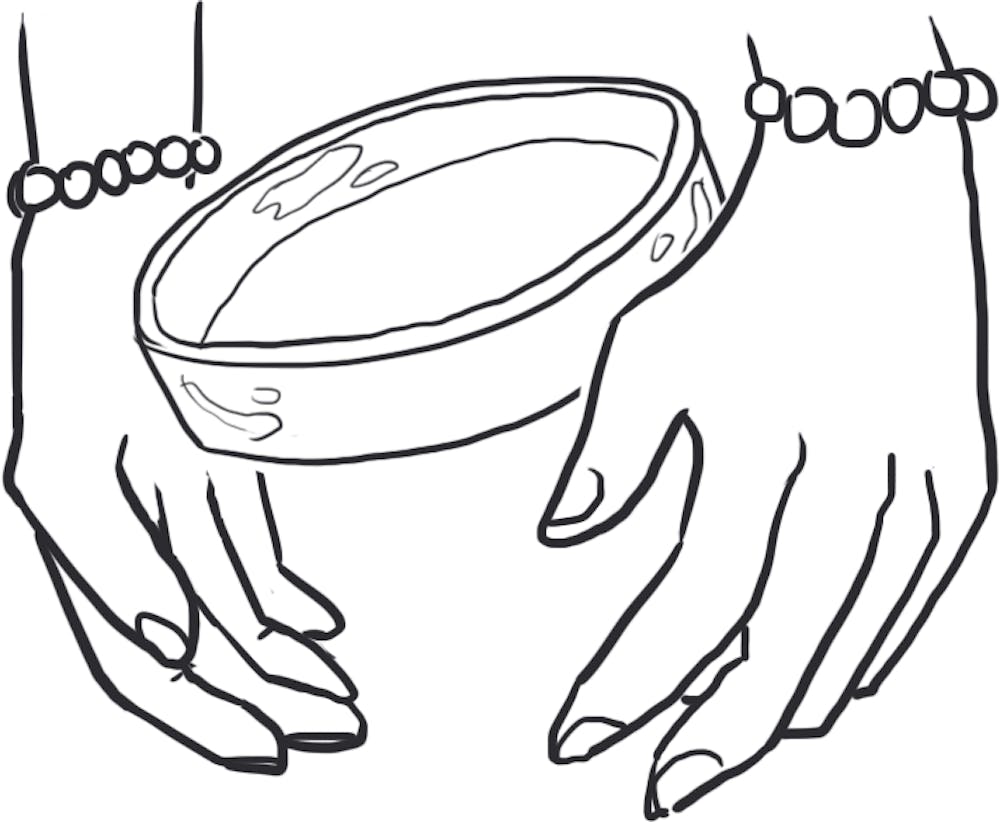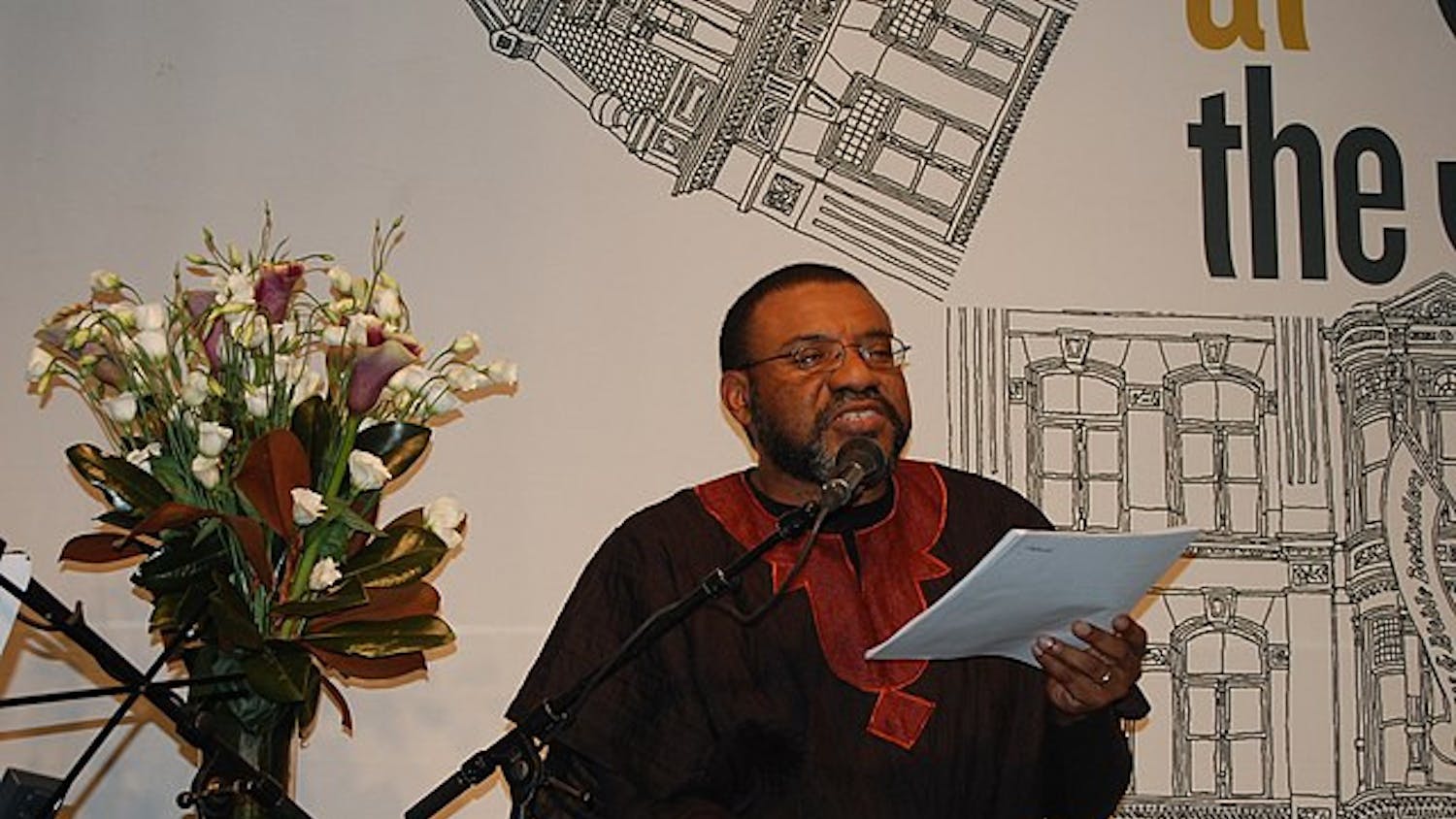In vitro gametogenesis — a multi-step process that could be used to make embryos from normal cells — has recently raised a number of ethical concerns from researchers in the field. IVG has the potential to benefit many people who seek to have children but are unable to do so, and the process could be used to create large supplies of egg cells.
With IVG, scientists are able to convert body tissue, like a skin cell, into a stem cell. From there, stem cells can be converted into gametes, such as an egg or sperm. Studies have proven the viability of IVG in rodents, but human trials have yet to be conducted.
In a paper co-authored by Professor of Medical Science Eli Adashi, the authors called for a discussion on the ethics of the technology before research is conducted on humans. Cancer patients who currently cannot reproduce due to complications from treatment would potentially be able to use this technology, said Glenn Cohen, professor of law at Harvard and a co-author of the paper. “It’s a leading example of regenerative medicine, if not the leading edge,” Adashi said.
Additionally, IVG could be used to create “egg banks,” similar to the sperm banks that exist today. Currently, such banks do not exist due to the limited supply of female eggs. However, IVG would allow for the production of many eggs, enabling men to choose from eggs the way women choose from sperm in sperm banks today.
But IVG is still a nascent technology and raises a number of ethical concerns. Cohen outlined three main issues surrounding the technology.
First, IVG has yet to be tested on humans, and before such tests are to occur, the safety of the trial needs to be established by the Food and Drug Administration, Cohen said.
Doing so may be difficult before discussing ethical guidelines, Adashi said. Issues such as the extent, location and details of the trials have yet to be discussed, he added.
Second, embryo destruction is a serious concern because potential human trials would likely destroy many embryos, Cohen said. Many groups oppose the idea of embryo destruction, and it is also against federal law to use “federal funding for research wherein embryos created for research purposes are destroyed,” he added.
Third, IVG raises the possibility of human enhancement. Scientists currently use the CRISPR-Cas9 enzyme to directly edit DNA, but they cannot directly promote certain traits yet, Adashi said. Traits are often the expression of multiple genes, and not all of those genes are known, he added.
But IVG “makes the substrate of life more available,” making it easier for scientists to create “designer babies” that have a certain set of traits in the future, Adashi said. This could create inequities between those who have access to the technology and those that do not. Though the question of designer babies is a concern, current technology limits the ability to create or enhance embryos, he added. “Even if we chose to do it, we couldn’t.”
In order to address the various ethical concerns surrounding IVG, the authors of the paper called for ethical guidelines to be discussed before human trials occur. “It doesn’t make sense to sit idly by and then begin a conversation. That does not strike us as thoughtful,” Adashi said.
It is unclear who would be included in the ethical conversation, Adashi said. He would like to see regulatory officials, ethicists, geneticists, biologists, the National Institute of Health and, most importantly, the public, included in the discussion, he added. “The public needs to be informed at some point and acceptance should be gauged. It is not something that should imposed … by scientists.”
Hank Greely, professor of genetics at Stanford University and author of “The End of Sex and the Future of Human Reproduction,” highlighted the importance of the FDA in the process. In an email to The Herald, he wrote that “IVG research in living humans — clinical trials of the technology to see if it can successfully be used to make babies — could be done appropriately under current guidance if the FDA does a firm job of insisting on adequate proof before allowing clinical trials.”
Though guidelines surrounding IVG will likely be put in place in the United States and other countries developing the technology, there is no guarantee that such guidelines will be universal, Adashi said. “Cultures differ between nations. The outlook on such issues is highly variable between countries,” he added.
Katsuhiko Hayashi, professor of stem cell biology at Kyushu University in Japan, felt similarly, pointing out in an email to The Herald that “people would go abroad to get the treatment … if the guidelines are not the same” in their home countries.
IVG has the potential to revolutionize fertility treatment, especially when combined with technology like CRISPR-Cas9. Cohen compared the technology to painting: “It’s like the difference between Michelangelo painting the Sistine Chapel and someone trying to create a similar piece of art on their computer with Photoshop,” he said. The modern day Michelangelo can generate many copies of the art — try 1000 variations — and then see which one he thinks looks best. That’s the future possibility raised by the combination of IVF plus CRISPR.”





